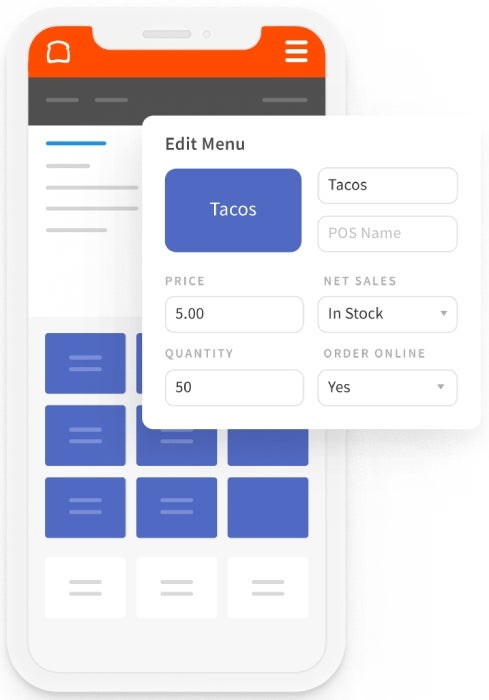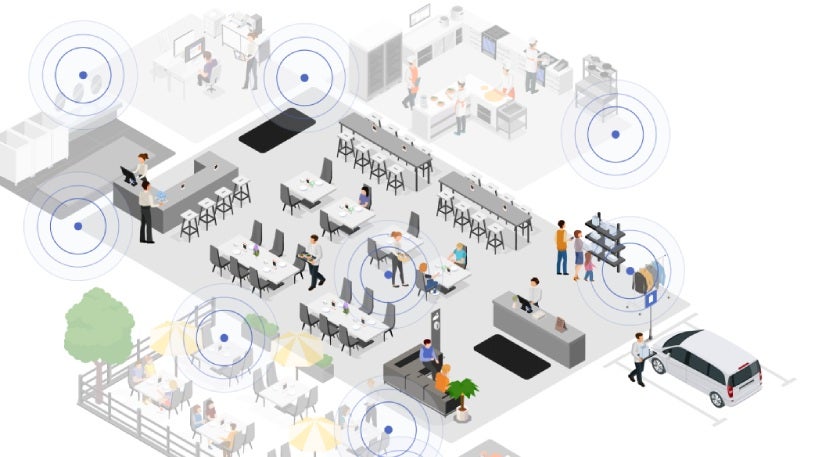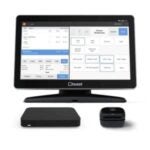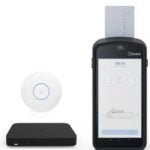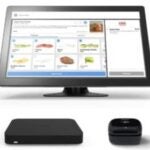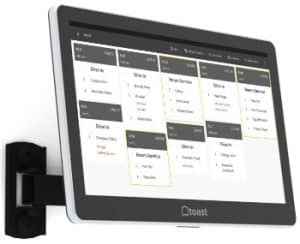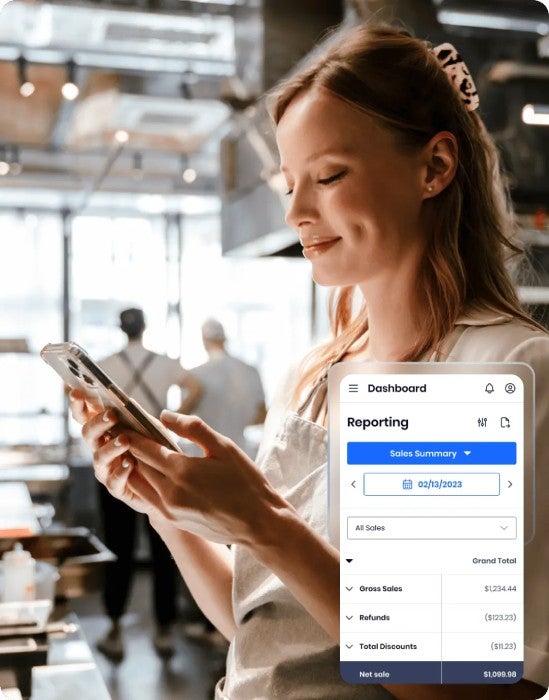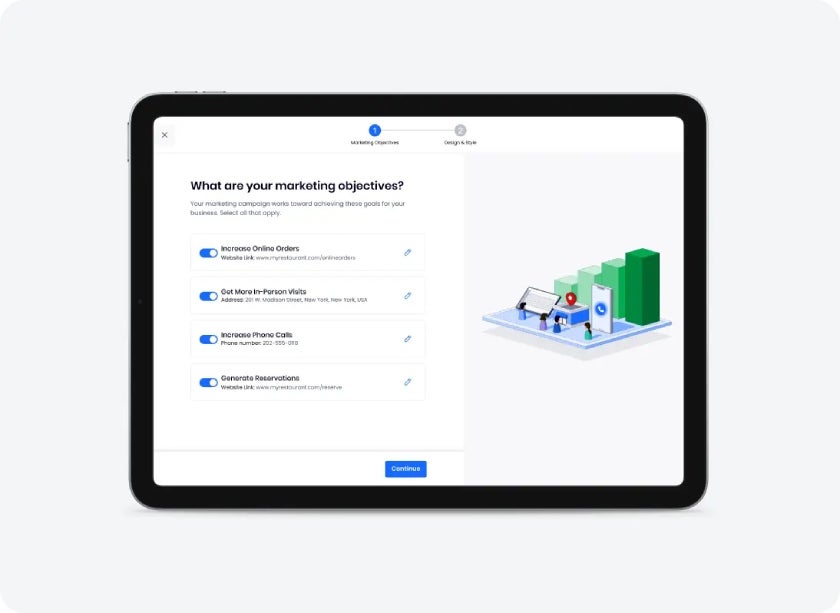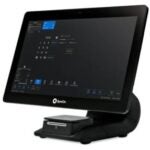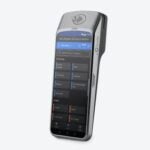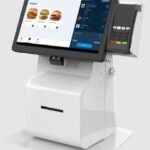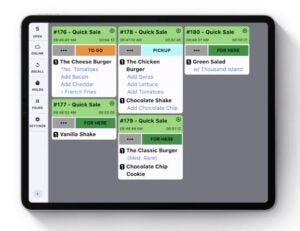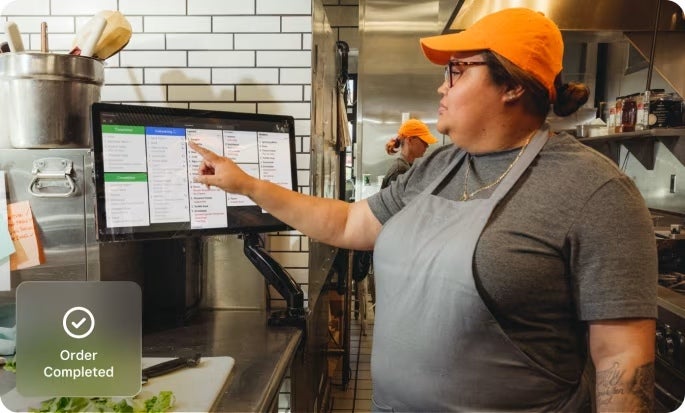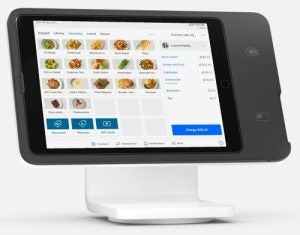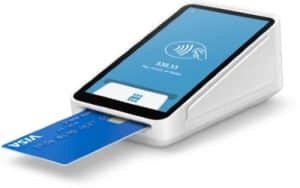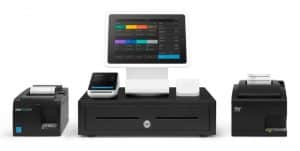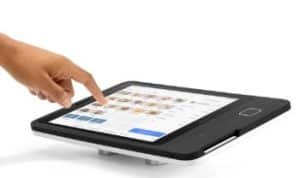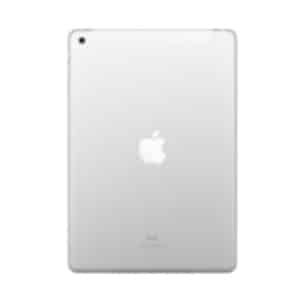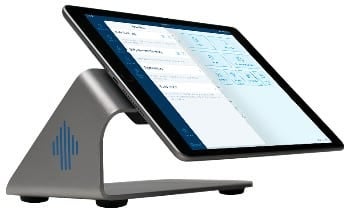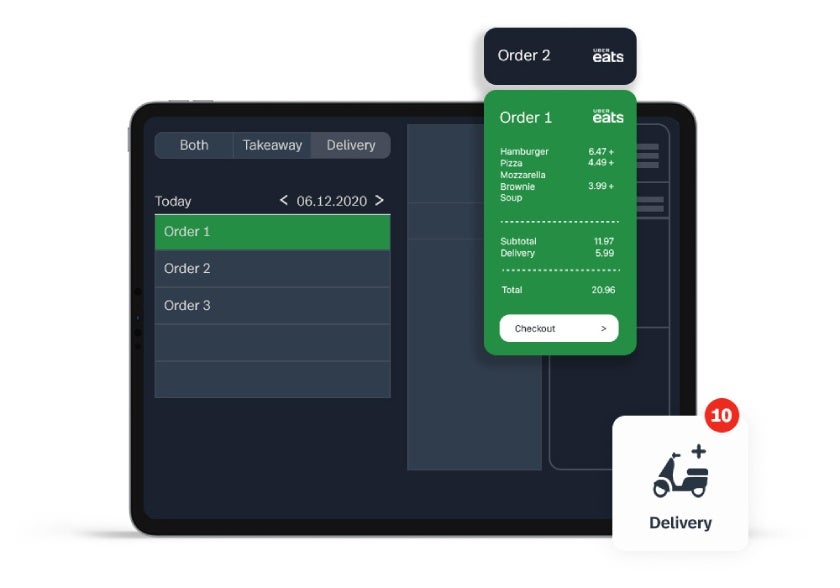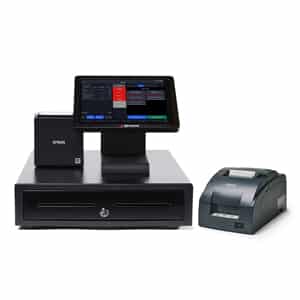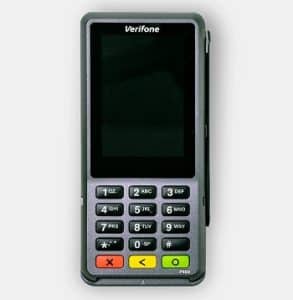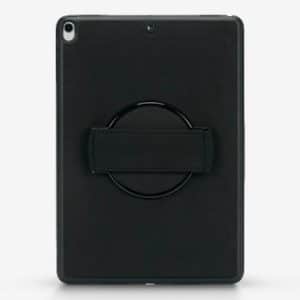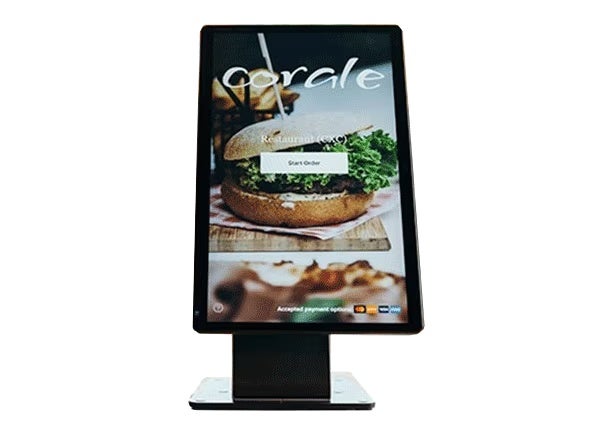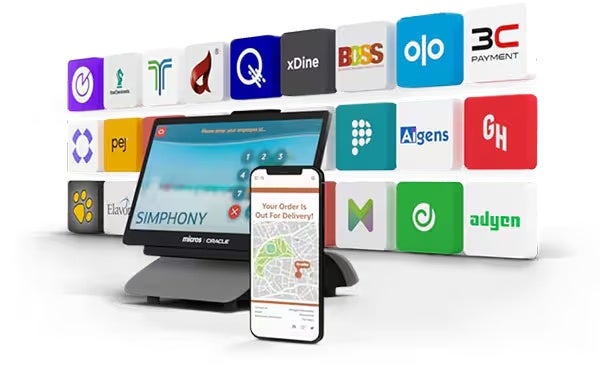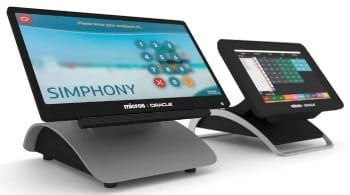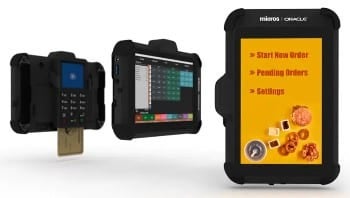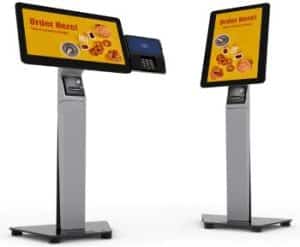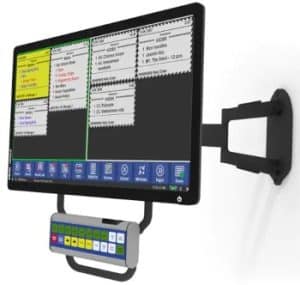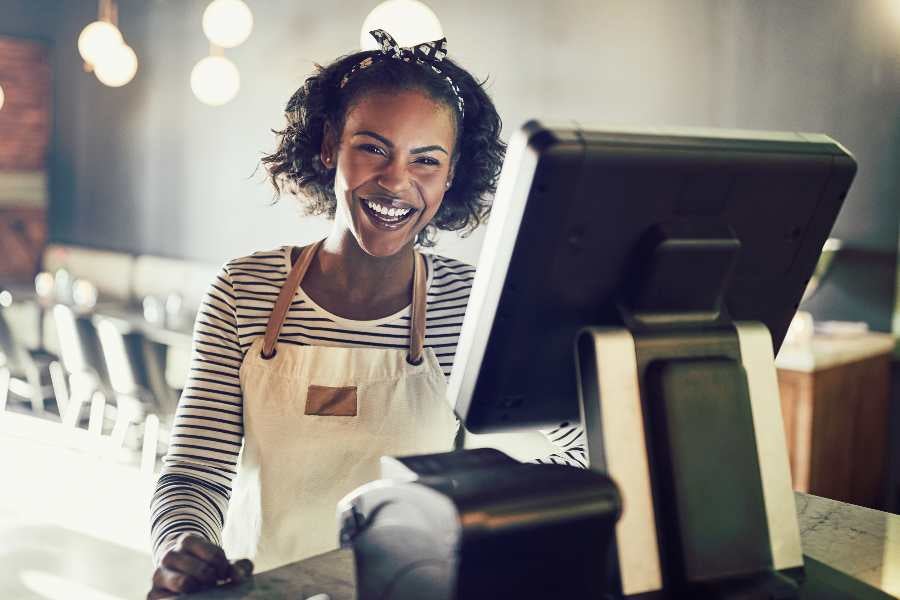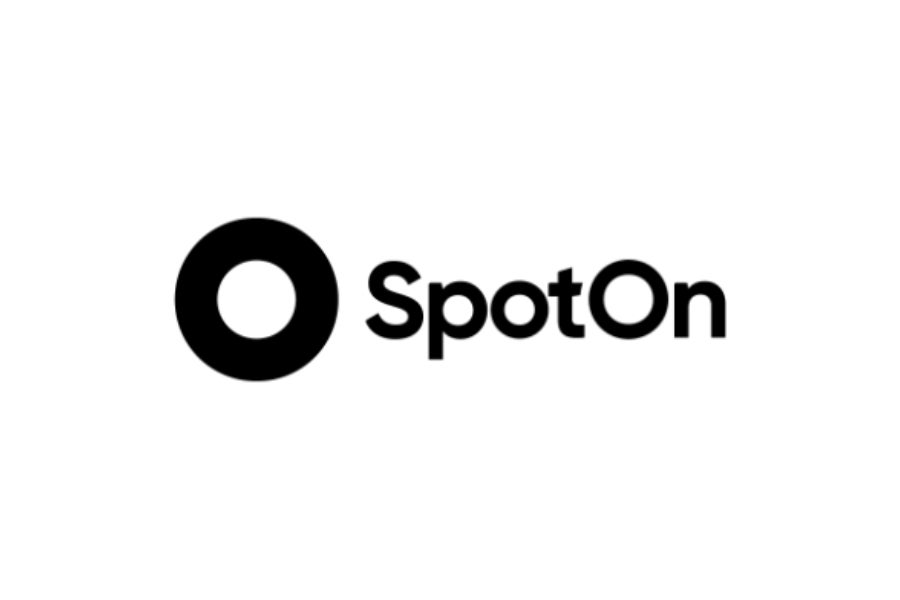Quick-service restaurants (QSRs) need POS systems that allow for fast operations and consistent outcomes across various locations. The best QSR systems combine affordable software with flexible hardware, allowing QSRs to meet customers where they are: in-house, online, curbside, or at the drive-thru. POS tools focusing on customer loyalty and an improved customer experience can help restaurants expand and grow sales.
Beyond processing orders and sales, a QSR POS should also offer robust reporting across inventory management, employee scheduling, and excellent offline functionality. A QSR POS helps you move lines quickly and efficiently. A QSR POS is available at every price point, and I’ve ranked the best.
The six best POS systems for QSRs in 2025 are:
- Toast: Best overall QSR POS system
- SpotOn: Best for multi-location QSRs
- Square for Restaurants: Best for online ordering & best free QSR POS
- Revel Systems: Best iPad POS for QSRs
- Lightspeed Restaurant: Best for third-party delivery management
- Oracle MICROS Simphony: Best for drive-thru management
Best quick-service POS systems compared
| Our score (out of 5) | Minimum monthly software fees | Contract length | Payment processing fees | |
 | 4.51 | $0 | 2 years | From 2.49% + 15 cents |
| Visit Toast | ||||
 | 4.27 | $0 | Month-to-month | From 1.99% + 25 cents |
| Visit SpotOn | ||||
 | 4.08 | $0 | Month-to-month | 2.6% + 10 cents |
| Visit Square for Restaurants | ||||
 | 4.06 | Custom-quoted | 3 years | Varies by processor |
| Visit Revel Systems | ||||
 | 4.02 | $189 | 1 year | Varies by processor, Lightspeed Payments: 2.6% + 10 cents |
| Visit Lightspeed Restaurant | ||||
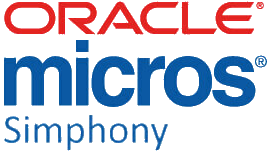 | 3.90 | Custom-quoted | Month-to-month | Varies by processor |
| Visit Oracle MICROS Simphony | ||||
Toast: Best overall QSR POS system

Pros
Cons
SpotOn: Best for QSRs with multiple locations

Pros
Cons
Square for Restaurants: Best for online ordering & best free QSR POS

Pros
Cons
Revel Systems: Best iPad POS for QSRs

Pros
Cons
Lightspeed Restaurant: Best for third-party delivery management

Pros
Cons
Oracle MICROS Simphony: Best for drive-thru management

Pros
Cons
How to choose a QSR POS in 5 steps
Choosing the best QSR POS for your restaurant is straightforward. However, you’ll need to take some time to ensure you find the best fit. Follow my steps to find the best QSR POS.
Step 1: Assess your needs
First — and most importantly — you need to understand the business you have and the functions you require for your QSR POS. Are you a one-unit small business with limited capital to deploy? Or are you a 20-unit QSR group with the necessary cash flow to invest in a POS with centralized multilocation management?
Understanding not only what you can afford but also the basic needs you require of POS software is integral to your choice.
Step 2: Consider your staff’s needs
Before committing to POS software, understand if it makes sense for the people you employ. Does it need to be multilingual? Is a lot of training and time needed to understand the system functionally? Understanding the POS capabilities and how your staff will work with it is crucial before investing the money and time you will dedicate when purchasing this software.
Step 3: List your must-haves
Having a list of must-have features is very important during this process. You should not commit to software that will not fulfill your needs, negatively impacting your customers. Understanding what is absolutely crucial to you as an operator is vital in the selection process.
This also applies to the contract you will sign. Are you willing to sign up for more than one year? Do you need your software to be billed month-to-month? Know this before making a final decision.
Step 4: Shop around & accept demos
Let QSR POS providers sell to you! Accept free demos, take calls with sales teams, and do not settle on just one provider. Make it clear you are looking to invest in a POS system for your business, and do not be afraid to share that you are shopping around.
Letting POS providers share the system’s unique features and comparing them with other providers will allow you to see which system suits your needs and also reveal any gaps in service.
Step 5: Choose your QSR POS software & sign up
The last part is committing to and signing up for the software. This also means doing the work on your end as an operator to ensure you know the system better than anyone else. Take time to learn all of the POS’s functionalities in your unique setting. Your end goal should be to train your staff and get the most out of the service you are paying for.
How I evaluated QSR POS systems
Evaluating the QSR POS systems in this guide was a robust process, as you will see in my scoring criteria below. Looking at a range of factors, from affordability to multi-location management, led to some in-depth analysis of every system’s current offering. Below are the five different categories I used to determine the best POS systems for quick-service restaurants.
Pricing: 15%
The key factors for my pricing score were the affordability of the base plan, whether free trials were offered, and what kind of payment processing was offered. Furthermore, I took into account the maximum number of users allowed per system, the hardware options offered, and whether order volume discounts were offered.
General POS features: 20%
Some general POS features I believed each system should have included inventory management, workforce management tools, and online ordering. Beyond this, CRM, loyalty tools, gift cards, and reporting capabilities were also considered.
Quick-service features: 25%
Quick-service restaurants require some niche features, requiring me to do a deep dive into what was offered specifically for this restaurant type. Integrated peripherals, handheld ordering, and multi-location management in a centralized location were all important to this category. Robust modifiers, combo building, drive-thru management, and sticky label printing were also weighed in this section.
Ease of use: 20%
How easy a POS system is comes down to the support and other accessibility features it provides. Customer service hours and online training resources were considered for this section. Additionally, if and how robust of an online mode each system had and whether or not mobile reporting was offered played into this scoring.
Expert score: 20%
Lastly, my expert score considered the overall package each quick-service POS software provided. General features, value for the base subscription, and industry popularity were all weighed here. Capterra customer reviews, and real-world sentiment on how easy each system was to operate were also considered.
Frequently asked questions (FAQs)
Below are the most frequently asked questions about quick-service restaurant POS systems.
Last bite
Toast leads my guide with a resounding 4.51 out of 5 due to its cost-effective plans, robust hardware, and key QSR features. Some of these features include drive-thru management, combo building, and the ability to support QSRs of any size. Self-ordering kiosks, handheld terminals, customer-facing displays, and intuitive KDS screens ensure you can produce consistent, quality food throughout one or many QSR locations.

